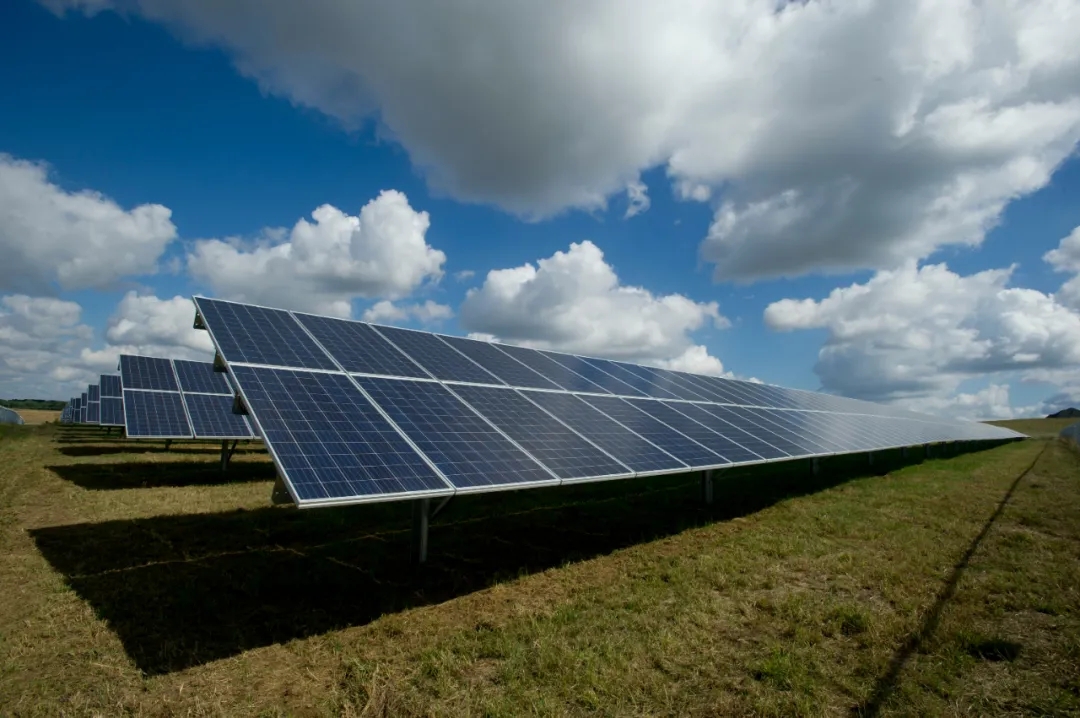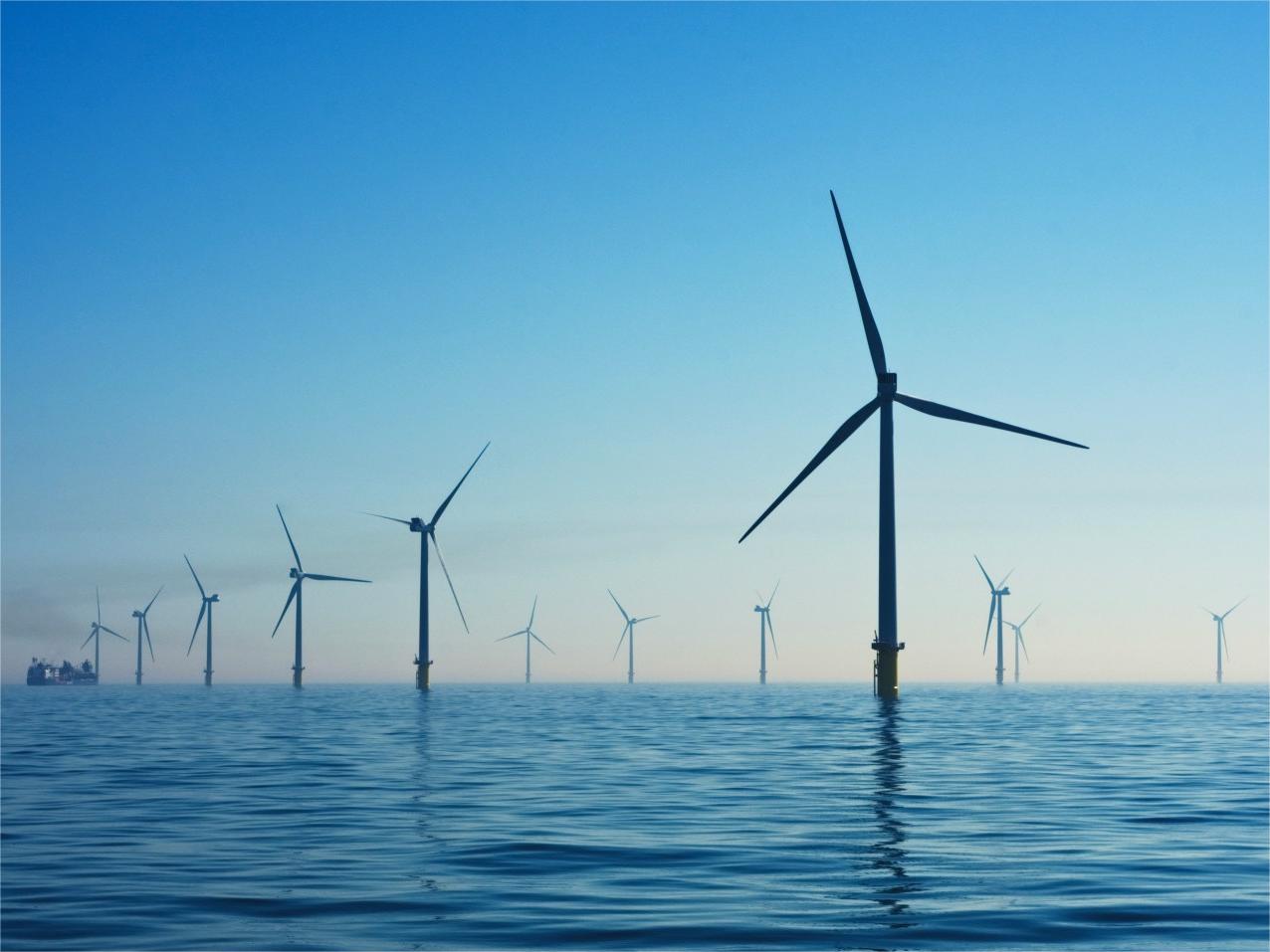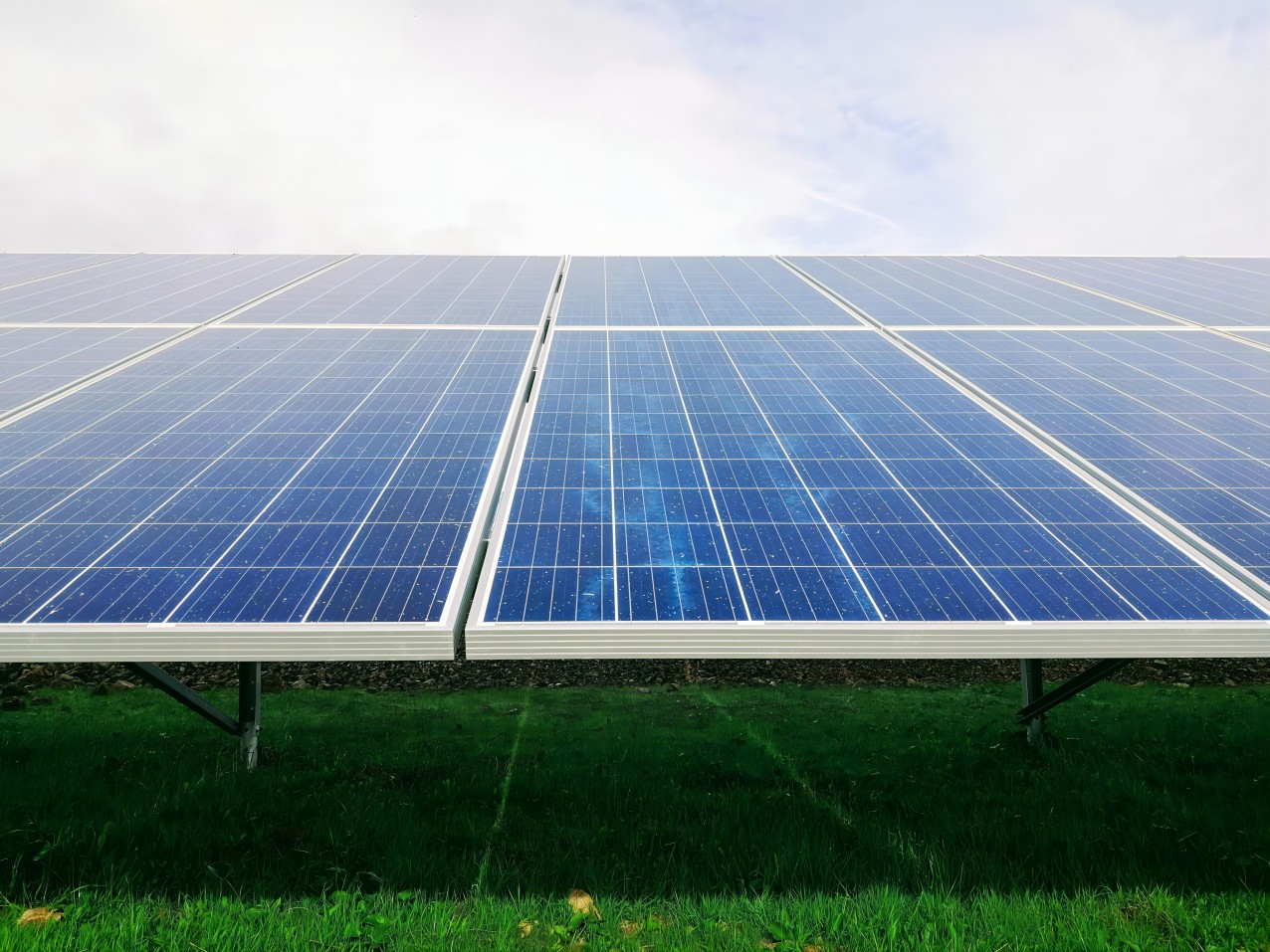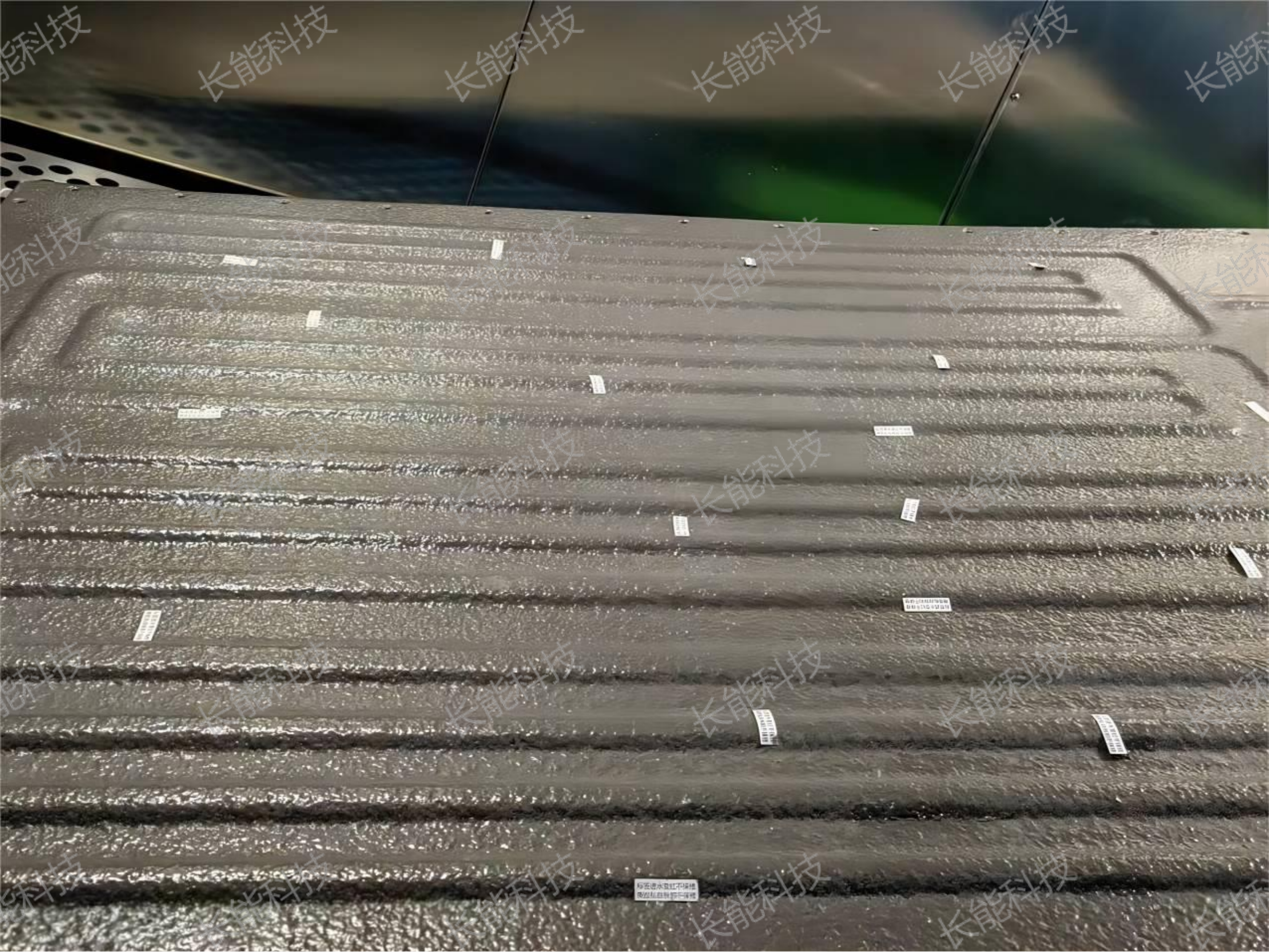With the continuous growth of global energy demand, traditional energy resources are gradually depleting, and environmental pollution and climate change problems are becoming increasingly serious. The development and utilization of renewable energy have received widespread attention from countries around the world. Renewable energy mainly includes solar energy, wind energy, etc., which have the characteristics of cleanliness, low carbon, environmental sustainability, etc., and are considered as the main direction of future energy development. 1
The development of renewable energy is beneficial for optimizing the energy structure, reducing dependence on fossil fuels, and improving energy security. During use, it can also reduce greenhouse gas emissions, combat global climate change, and protect the ecological environment. In addition, the development of the renewable energy industry can drive the development of related industrial chains, create employment opportunities, and promote economic growth. Beneficial for improving people's quality of life, enhancing the living environment, and promoting social progress. 1
In 2023, the annual capacity of renewable energy worldwide increased by nearly 50%, reaching nearly 510 gigawatts (GW), the fastest growth in the past two decades. Under current policies and market conditions, the global renewable energy capacity is expected to reach 7300 gigawatts by 2028. China will account for nearly 60% of the world's new renewable energy production capacity. 2
In the same year, prior to the COP28 climate change conference held in Dubai, the International Energy Agency (IEA) urged governments to support five action pillars by 2030, including achieving the goal of doubling global renewable energy capacity by 2030 set by the 28th Conference of the Parties to the United Nations Framework Convention on Climate Change. 2

Energy storage is a key technology for promoting the large-scale application of renewable energy. Wind and solar energy have inherent characteristics such as intermittency and volatility, and their output characteristics cannot fully match the electricity load; And photovoltaic access to the power grid requires the installation of power electronic devices such as inverters, which can have an impact on the grid. Therefore, the large-scale integration of intermittent renewable energy sources such as wind power and photovoltaics into the grid poses problems such as affecting power quality, disrupting grid stability, and low utilization efficiency. The integration of energy storage technology can play a role in smoothing fluctuations in new energy, tracking planned output, participating in system peak and frequency regulation, and improving consumption levels, promoting the large-scale application of renewable energy. The Guiding Opinions of the National Development and Reform Commission on Promoting the Development of Energy Storage Technology and Industry clearly states that energy storage can significantly improve the consumption level of renewable energy such as wind and solar, support distributed power and microgrids, and is a key technology to promote the replacement of main energy from fossil fuels to renewable energy.3
With the continuous advancement of energy storage related technologies, battery energy storage system products cooled by liquid heat exchange have gradually become mainstream. Compared to traditional air cooling, liquid cooling systems can more efficiently control the temperature of battery packs, thereby extending their lifespan and improving the safety and stability of the system. However, with the widespread application of liquid cooling systems, a new challenge arises: the generation of condensate water.
During the operation of the battery energy storage system, the liquid cooling system takes away the heat from the battery through the flow of liquid, but this cooling method inevitably forms condensation on the surface of the components inside the battery compartment. When humid air comes into contact with low-temperature surfaces, water molecules in the air condense into water droplets and attach to components. If this condensed water is not treated in a timely manner, it may lead to serious safety hazards.
Condensed water may form conductive paths on battery modules and circuit boards, leading to short circuits. This type of short circuit not only damages electronic components, but may also lead to thermal runaway of battery cells. Thermal runaway is a dangerous state where the internal temperature of the battery rises sharply, ultimately leading to a fire or explosion. In fact, there have been multiple safety accidents in battery energy storage systems worldwide caused by condensation water.
According to incomplete statistics, there have been over 60 incidents of energy storage plant fires worldwide between 2017 and 2023. The cause of these accidents is highly likely due to condensation water, which not only caused economic losses but also posed a threat to public safety.4
In response to the pain points in this industry, Changneng has launched the CSC-8108 product designed for new energy storage batteries and distribution cabinets.





In the future, with the continuous expansion of renewable energy and energy storage systems and the increasing complexity of application scenarios, the demand for preventing condensation will also grow. Changneng will continue to focus on the synthesis of raw material molecular structures, development of modified isocyanate formulations, and application evaluation and expansion, fully leveraging the advantages of our advanced fully automated production equipment. Keeping up with the latest market trends, constantly innovating in products and services to meet the increasingly diverse needs of customers, providing more high-performance and reliable new material solutions, and promoting green and sustainable development.
1 Baidu Baike
2 Renewables_2023 Analysis and forecast to 2028
3 panoramic view of energy storage industry: the demand side is booming and the wings of the industry chain are gradually growing
4 Baidu Baike
Service Hotline
Website: www.cn-tech.com.cn
Email: cn-marketing@changshun.com.cn
Address: No.2 Qinghai Road, Yangtze River Chemical Industrial Park, Zhangjiagang, Jiangsu Province
